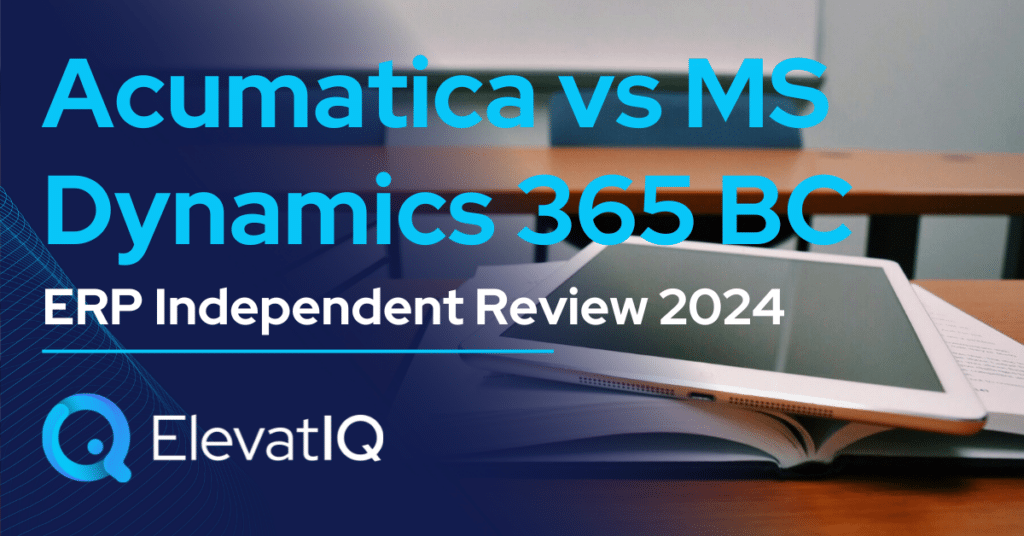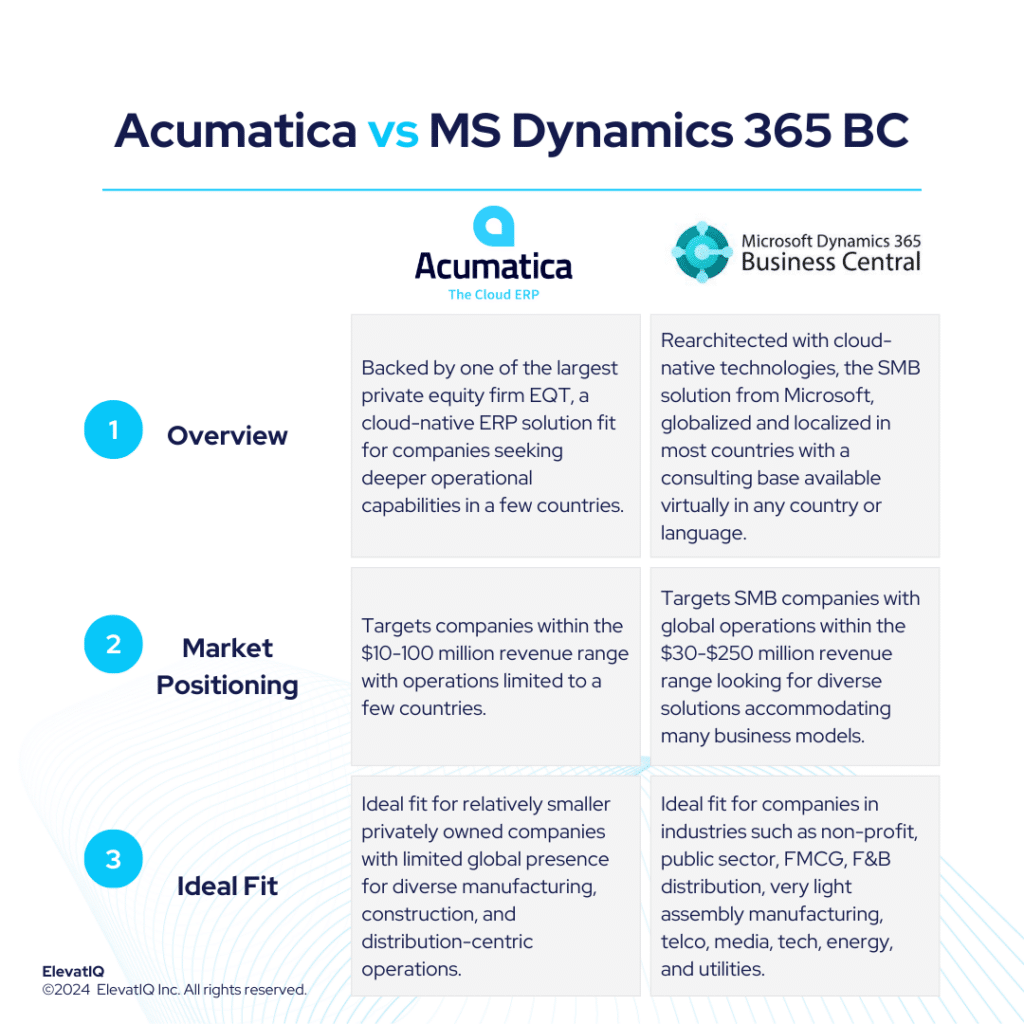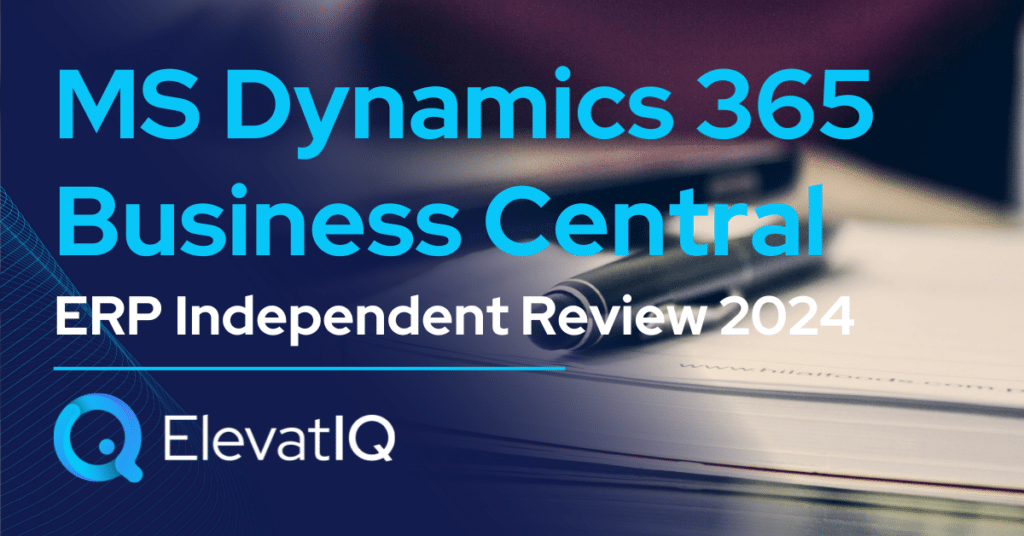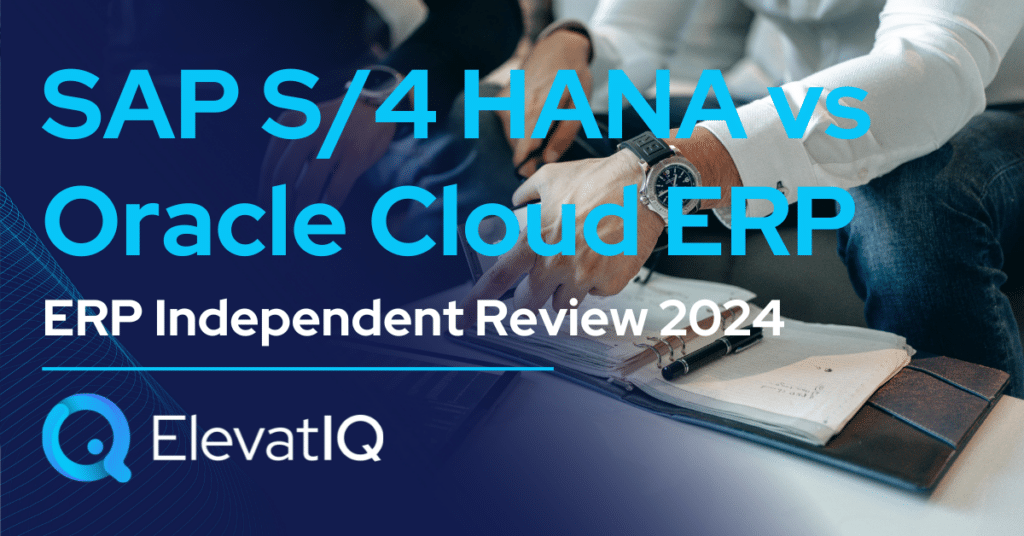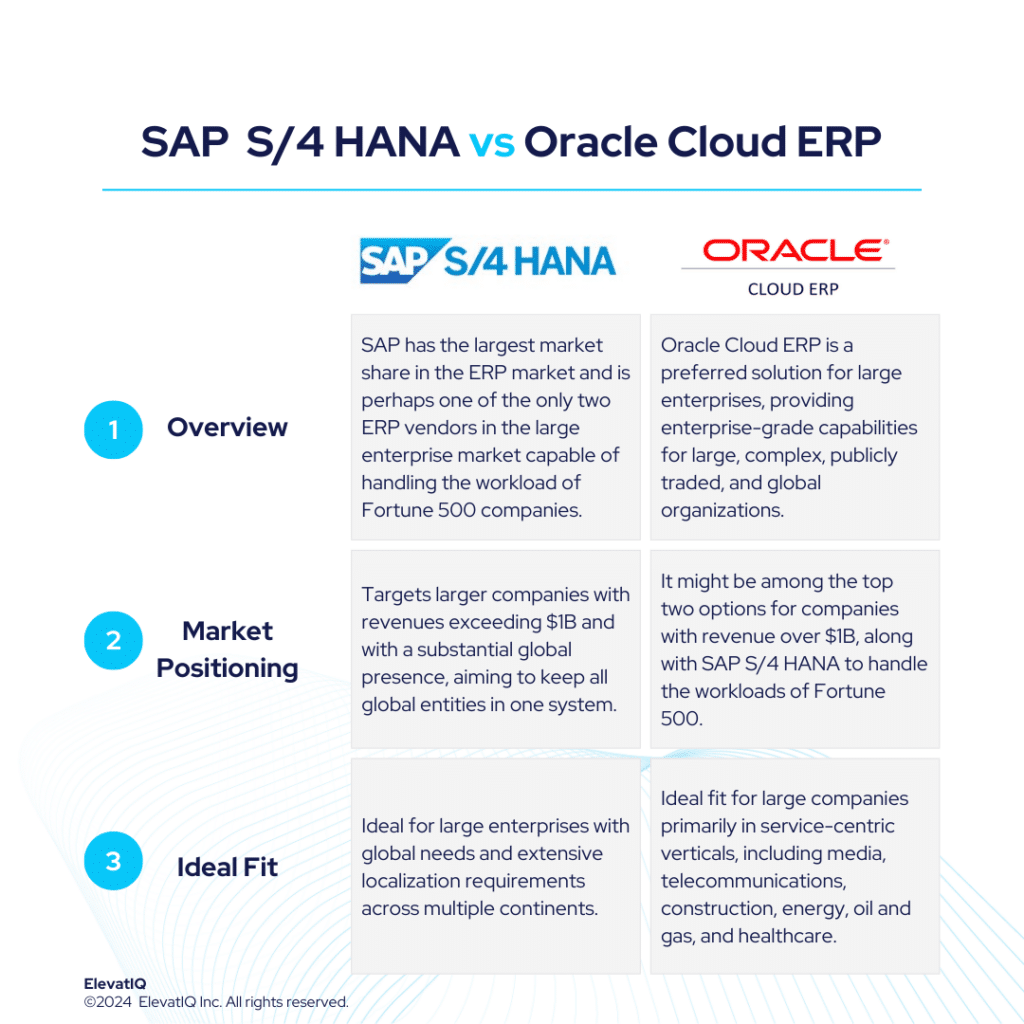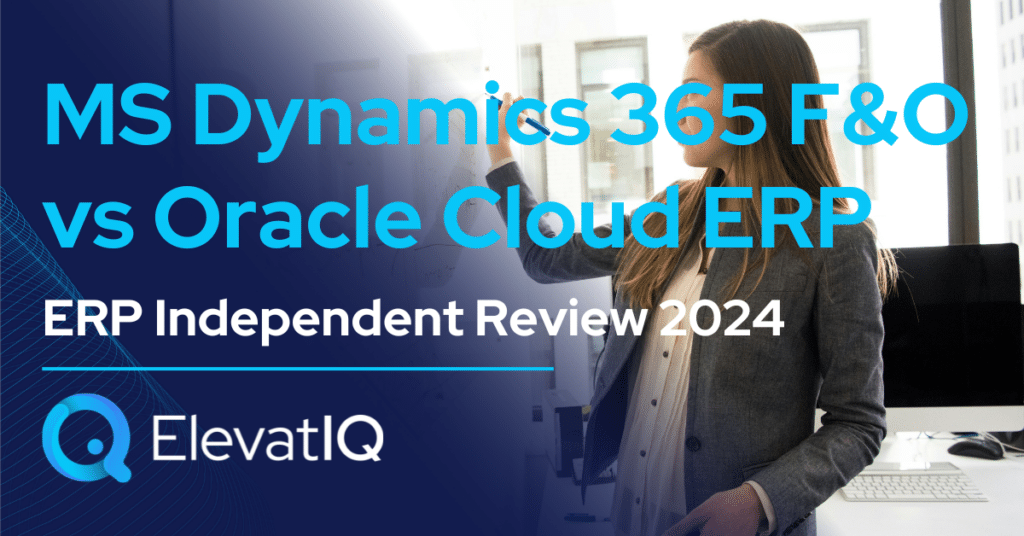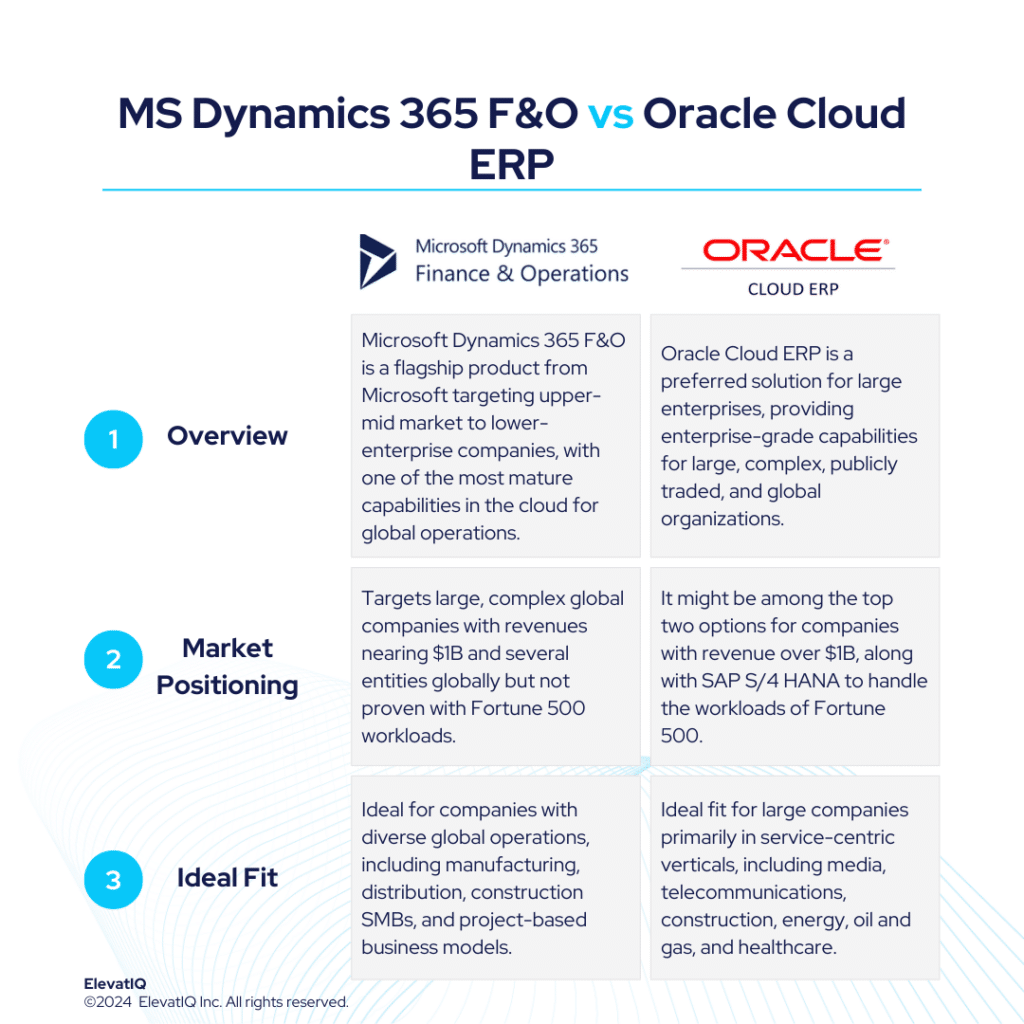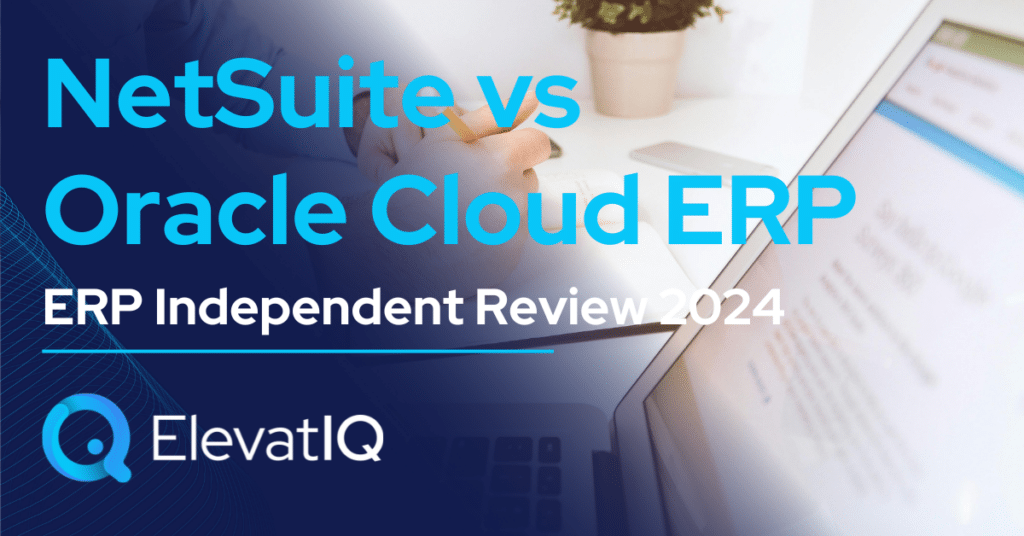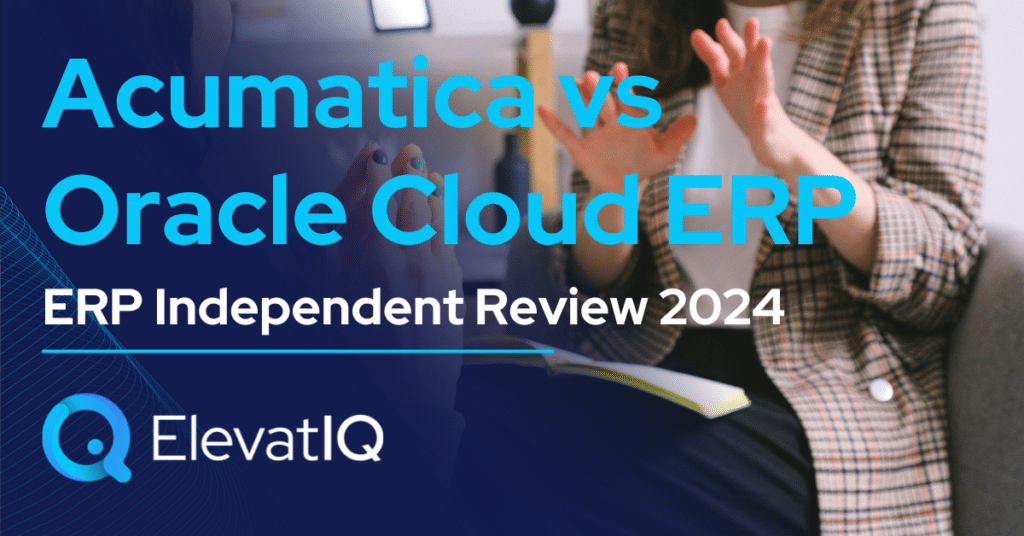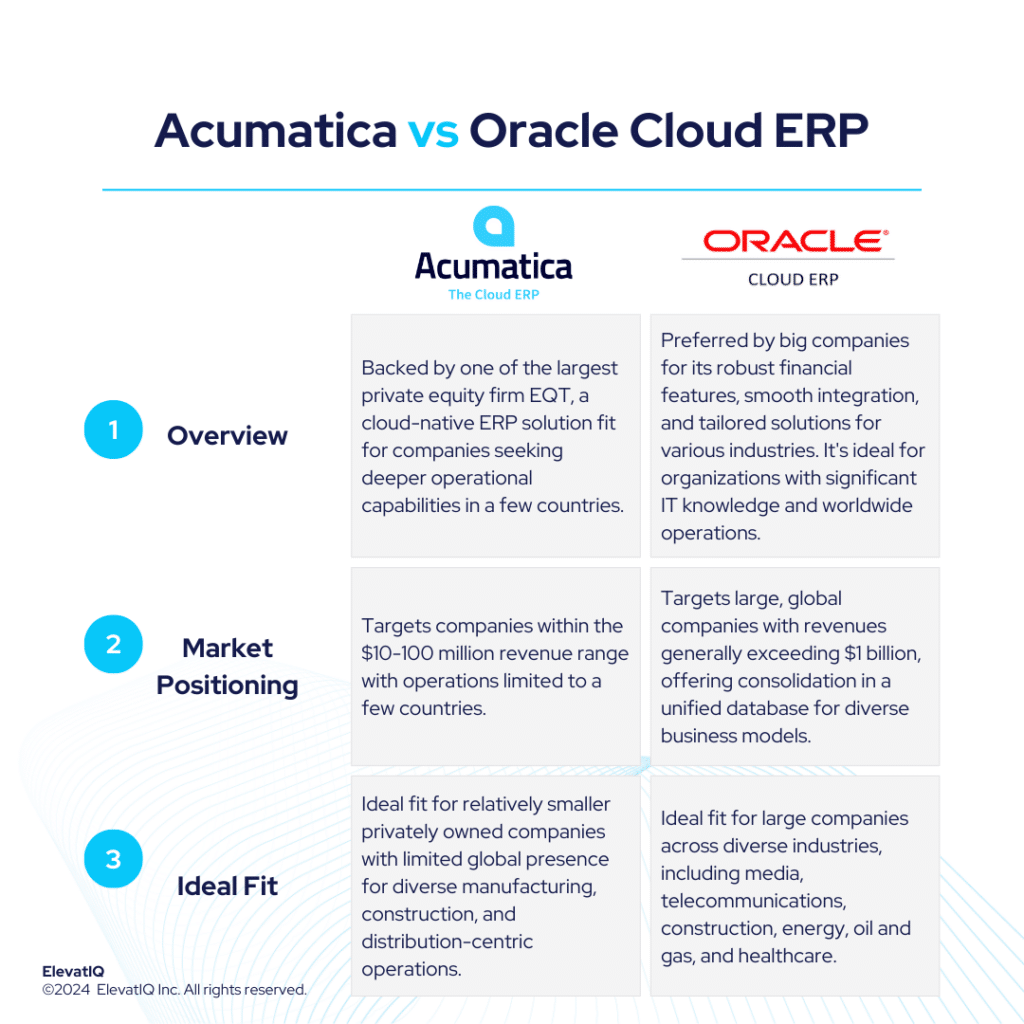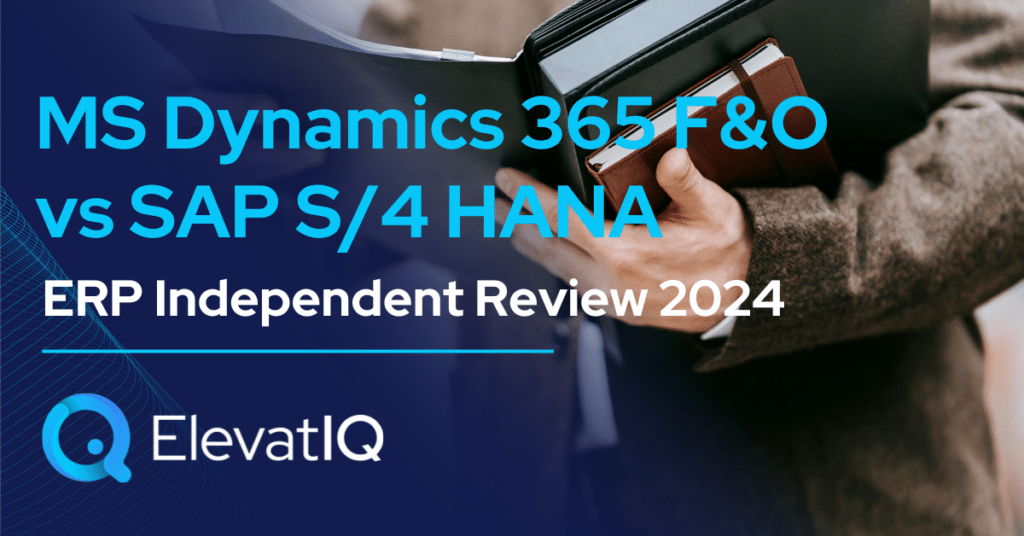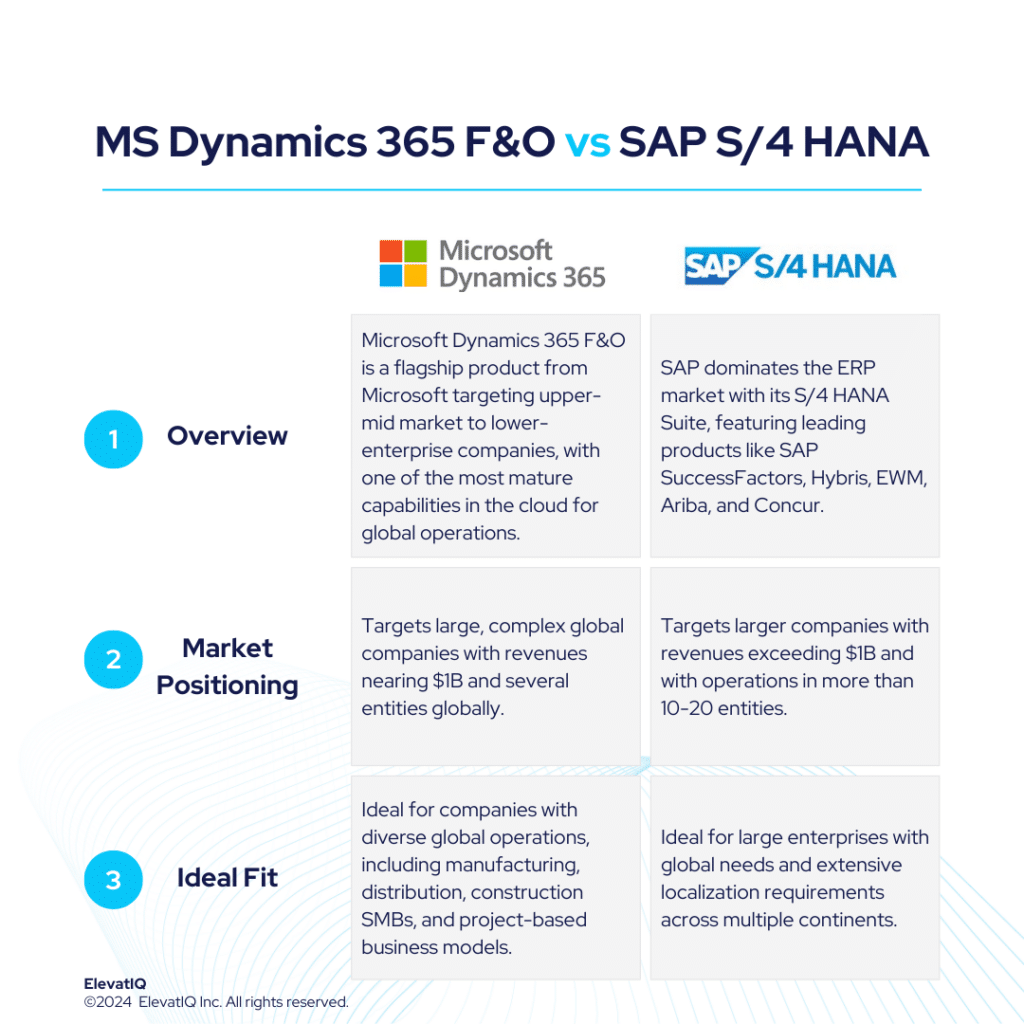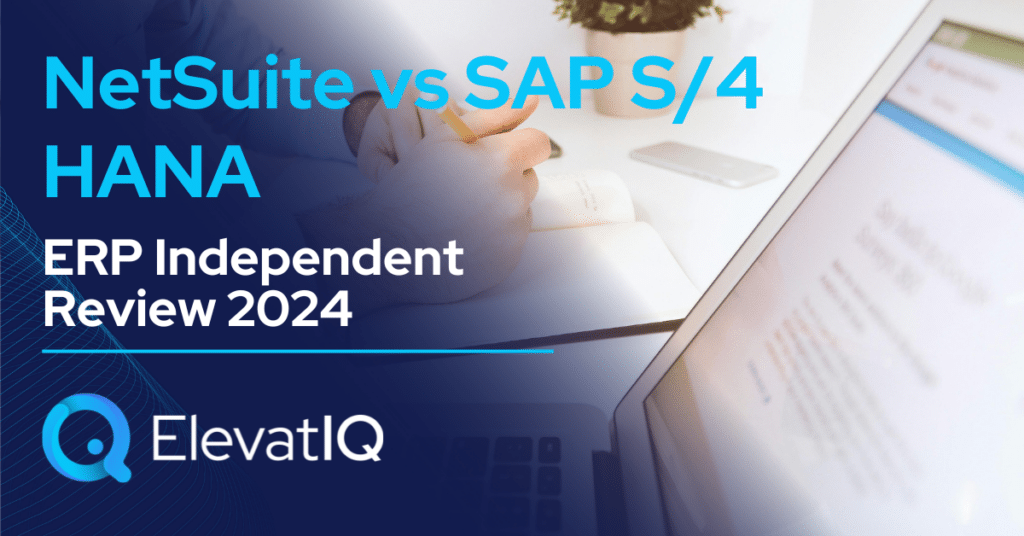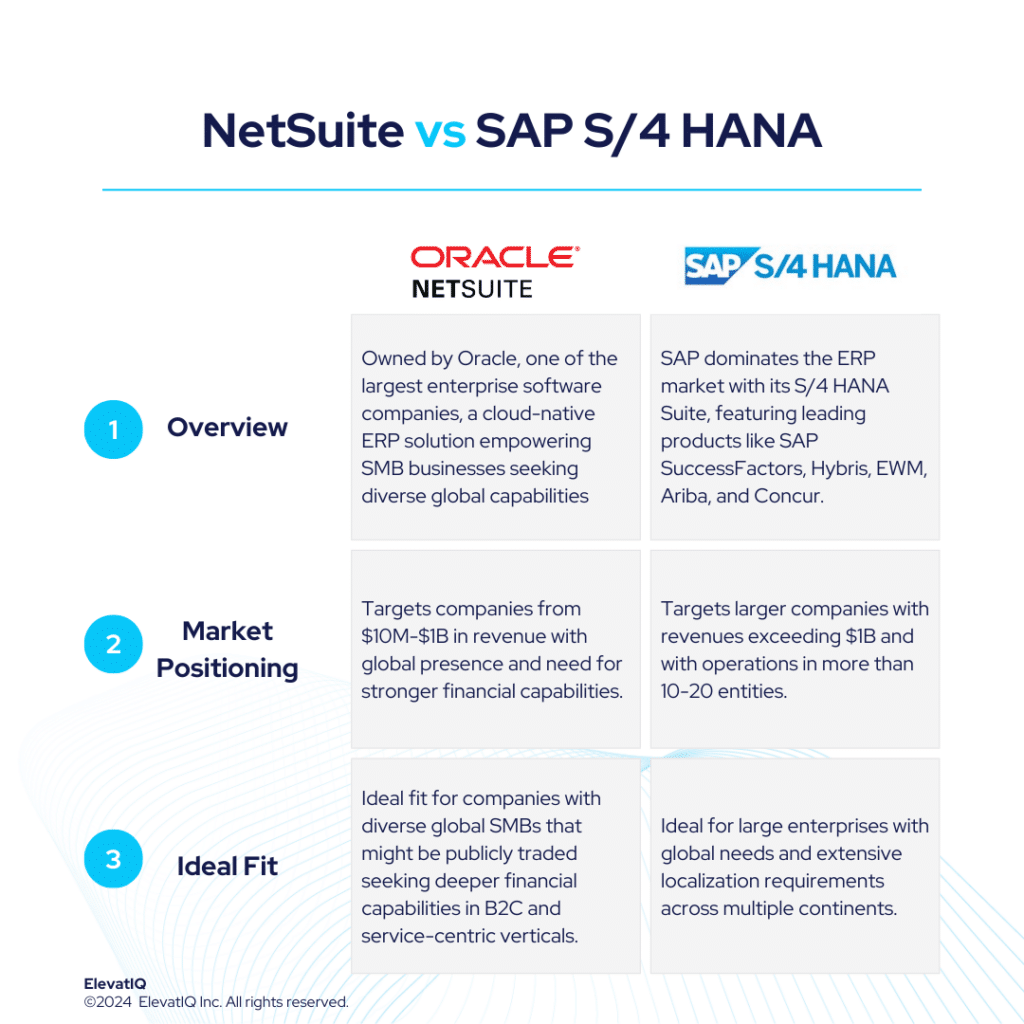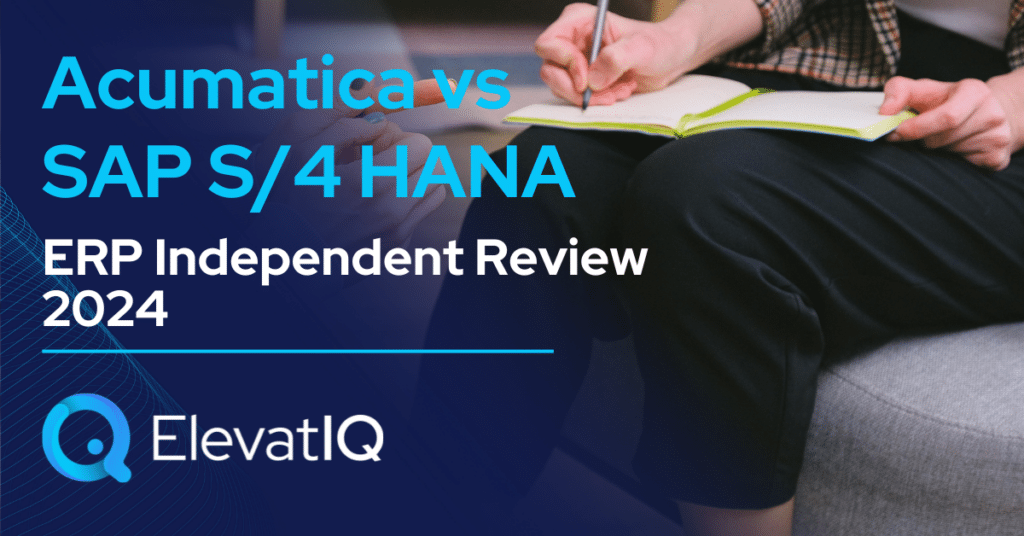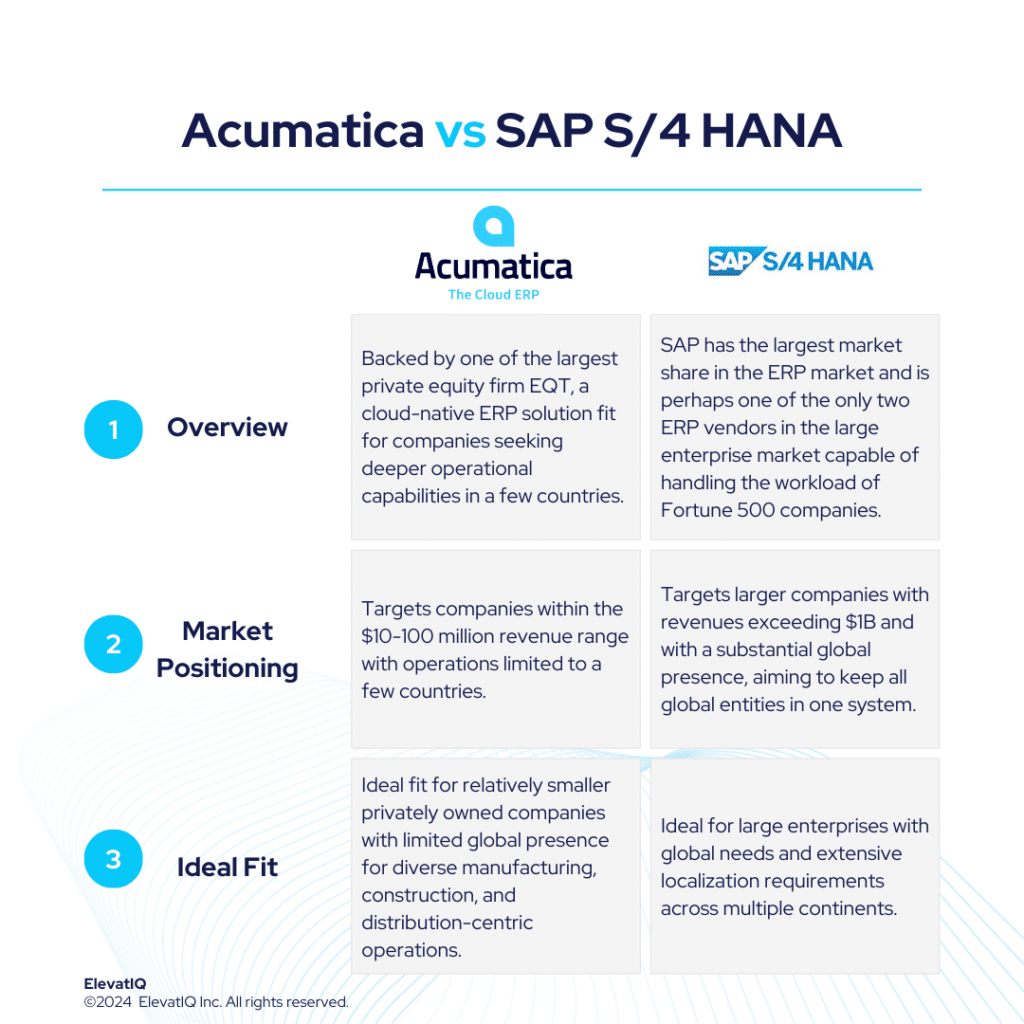NetSuite vs Dynamics 365 BC Independent Review 2024
NetSuite caters to globally dispersed small to mid-market firms, also offering robust financial capabilities and localization across many countries. Conversely, Microsoft Dynamics 365 Business Central is favored by companies outgrowing smaller ERP and accounting systems like QuickBooks or Odoo. NetSuite suits diverse businesses, particularly service-centric, distribution-centric, and B2C organizations. Meanwhile, MS BC, Microsoft’s SMB solution, is globally localized and suits companies with revenues ranging from $30M to $250M.
NetSuite targets firms with revenues between $10M and $1B, emphasizing stronger financial capabilities. MS BC offers a vast consulting ecosystem, whereas NetSuite supports lighter manufacturing and consumer products, particularly in health, beauty, fashion, and CPG. MS Dynamics 365 BC is preferred for companies with diversified global operations seeking unified database management. However, NetSuite may not be suitable for industrial distributors and manufacturers due to limited pricing and item master layers. Choosing between NetSuite vs Dynamics 365 BC requires a detailed examination, and thus this comparison offers valuable insights for ERP selection projects. Therefore, let’s explore further?
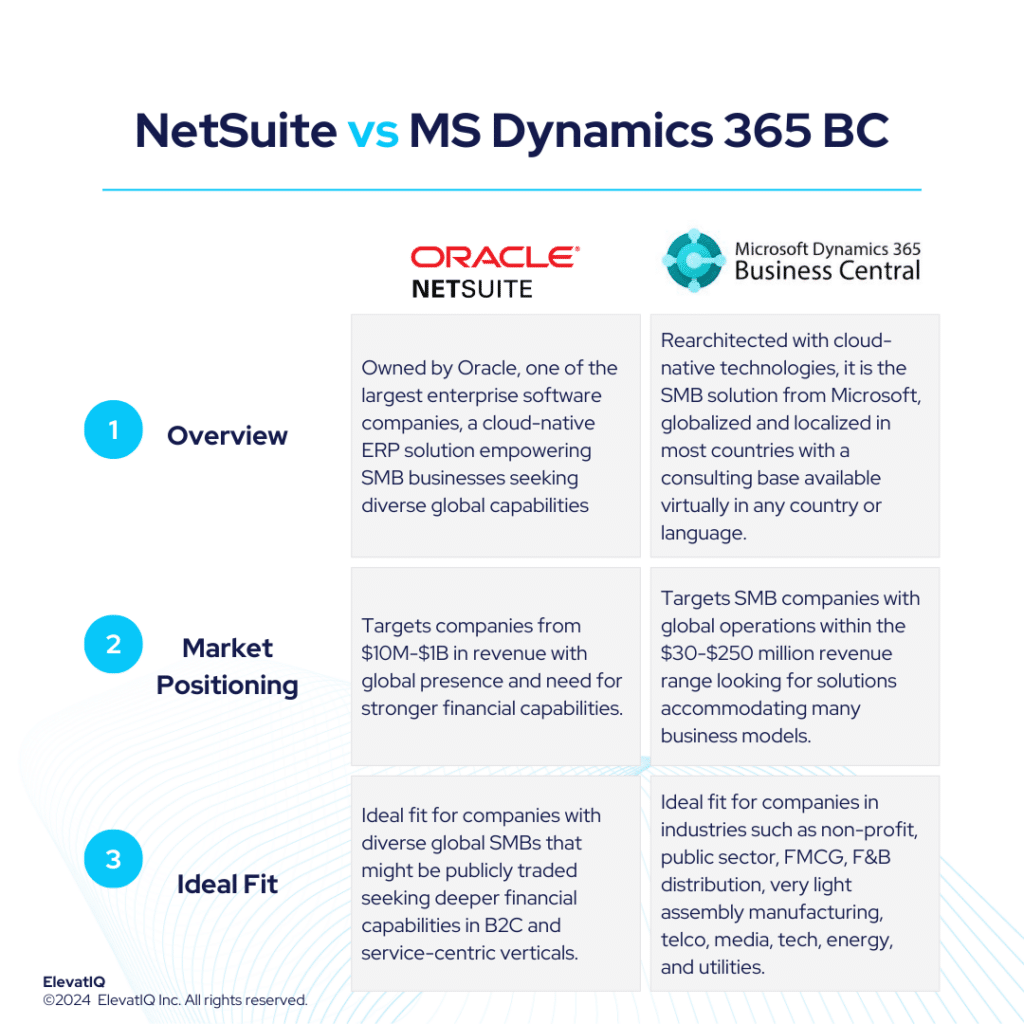

| NetSuite | MS Dynamics 365 Business Central | |
| Started in | 1998 | 2018 (Previously NAV) |
| Ownership by | Oracle in 2016 | Microsoft |
| No. of customers | 37,000+ | 60,000+ |
What is NetSuite?
NetSuite stands out as the leading ERP solution, driven by its success for diverse industries particularly seeking stronger financial capabilities over the operational, robust ecosystem, credible marketplace add-ons, and comprehensive functionality. Although not as complex as some competitors like SAP S/4 HANA and Microsoft F&O, NetSuite excels in supporting diverse business models, including omnichannel architecture, matrix/dimensional inventory, and subscription-based models.
While NetSuite excels across industries, it may not be the ideal choice for industrial distributors and manufacturers due to limitations in pricing and item master capabilities. Its strength lies in supporting lighter manufacturing and consumerized products particularly health and beauty, fashion, apparel, and CPG. With robust financial capabilities and an integrated HCM solution, NetSuite is well-suited for service-centric industries, including smaller banks, credit unions, financial services, non-profit organizations, as well as the technology and media sectors. While NetSuite remains the top-ranked solution due to its product quality, there might be challenges with over-customization and integration issues, leading to implementation failures. Thus, working with NetSuite demands thorough vetting of their solution and architecture.
What Is MS Dynamics 365 BC?
Rearchitected with cloud-native technologies, Microsoft Dynamics 365 Business Central is the SMB solution from Microsoft, particularly globalized and localized in most countries with a consulting base available virtually in any country or language. Microsoft Dynamics 365 Business Central serves as a logical choice for companies outgrowing smaller ERP, MRP, and also accounting systems like QuickBooks, Microsoft GP, Odoo, Katana, or Fulcrum. It is positioned against competitors such as Netsuite, Sage Intacct, and Acumatica. It also offers a vibrant ecosystem with numerous add-ons catering to industry-specific needs.
The sweet spot for MS BC would be $30M-$250 in revenue and a higher revenue band for companies that might use MS Dynamics 365 BC just for accounting and financial reporting while using mature operational systems at the subsidiary level. The biggest advantage of MS BC is its consulting ecosystem and community support, which is much bigger than most ERP ecosystems, and that’s why it’s probably one of the most popular solutions across geographies.
Microsoft Dynamics 365 Business Central is also ideal for companies with diversified, global operations aspiring to keep all of their entities in one database for easier reconciliation and tracking. While the add-ons might allow companies to use Microsoft Dynamics Business Central for complex industrial operations, the natural design and core would be compatible with companies in industries such as non-profit, public sector, FMCG, F&B distribution, very light assembly manufacturing, telco, media, tech, energy, and utilities.
NetSuite vs Dynamics 365 BC Comparison
Navigating the choice between NetSuite vs Dynamics 365 BC is a significant decision for businesses particularly looking for operational efficiency and strategic alignment. Thus, this section delves into the comprehensive comparison review of NetSuite vs Dynamics 365 BC across various critical dimensions.
| NetSuite | MS Dynamics 365 BC | |
| Global Operational Capabilities | Handles global multi-entity operations but not suitable for enterprise workloads. | Actively installed globally, making it a global ERP for small businesses. |
| Diverse Capabilities | Favors B2C, hospitality, and service-centric industries. | Supports multiple industries and business models with pre-baked CRM and field service integrations. |
| Best-of-breed Capabilities | Contains pre-integrated HCM and FP&A components with varying maturity. | Pre-integrated with Microsoft CRM and field service, supplemented by third-party add-ons. |
| Last-mile Capabilities | Limited last-mile capabilities, especially for manufacturing. | Limited native last-mile capabilities for industrial manufacturing or distribution. |
| Operational Functionalities | Richer financial capabilities over operational features. | Relies on partner add-ons for industry-specific capabilities, emphasizing core ERP features. |
| Integration Capabilities | Offers several pre-integrated solutions with more options from Celigo. | Might lack integrations with best-of-breed eCommerce systems in industrial distribution. |
| Manufacturing Capabilities | Limited BOM layers for assembly-centric operations, requiring additional add-ons. | Limited manufacturing capabilities with focus on lighter assembly-centric manufacturing. |
| Pricing Model | Named-user based with inflexible long-term contracts. | Consumption-based licenses per named user, per month, adjustable without long-term contracts. |
| Key Modules | 1. Financial Management 2. Accounting 3. Global Business Management 4. Inventory Management 5. Order Management 6. Supply Chain Management 7. Warehouse Management 8. Procurement 9. Customer Relationship Management | 1. Financial Management 2. CRM 3. Distribution Management 4. Supply Chain Management 5. Project Accounting Management 6. Inventory Management 7. Reporting, Dashboard and BI |
NetSuite vs Dynamics 365 BC Feature Comparison
Both platforms offer a plethora of features and functionalities designed to streamline business operations and enhance efficiency. In this feature comparison, we delve into particularly the distinct capabilities of NetSuite vs Dynamics 365 BC across various critical dimensions, providing insights to aid businesses in making informed decisions regarding their ERP selection. Thus, this section discusses features under each of the following modules, particularly financial management, and supply chain management.
Financial Management Comparison
In this section, we are discussing a detailed comparison of the financial management capabilities particularly offered by NetSuite vs Dynamics 365 BC. By examining their respective strengths and functionalities, particularly in managing financial processes. Businesses can therefore gain valuable insights to determine the best-suited ERP solution for their financial management needs.
| NetSuite | MS Dynamics 365 BC | ||
| Financial Management | General Ledger | Supports complex general ledgers including public reporting requirements of several countries. | Initiates general ledger postings, chart of accounts, general journals, VAT facilities, recurring journals, and source codes. |
| Accounts Receivable and Accounts Payable | Automates and streamlines invoice delivery, payment processing, and collections management as well as accounts payable processes. | Automates accounts receivables and payables and facilitates seamless reconciliation of accounts for swift and precise financial reporting. | |
| Cash Flow Management | Provides visibility to optimize cash flows, monitor bank accounts, and manage liquidity. | Provides comprehensive forecasting, analysis, and Azure ML-based prediction of cash inflows and outflows. | |
| Tax Management | Manages domestic and global tax, generates detailed reports, and analyzes transactions real-time. | Offers automated, configurable, and scalable tax determination, calculation, and settlement capabilities, accommodating complex tax scenarios across various business requirements. |
Supply Chain Management Comparison
In this comparison, we explore and analyze the supply chain management capabilities of NetSuite vs Dynamics 365 BC, shedding light particularly on their respective strengths and weaknesses.
| NetSuite | MS Dynamics 365 BC | ||
| Supply Chain Management | Warehouse Management | Provides the ability to optimize day-to-day warehouse operations, eliminate manual processes and minimize handling costs. | Can be implemented in different complexity levels, depending on a company’s processes and order volume. The main difference is that activities are performed order-by-order in basic warehousing when they are consolidated for multiple orders in advanced warehousing. |
| Inventory Management | Automates inventory management processes with multi-location fulfilment, cycle counting, replenishment, traceability and item visibility. | Ensures inventory availability by automatically computing stock levels, lead times, and reorder thresholds. Also, maintains optimal inventory levels by adjusting orders dynamically based on real-time inventory updates. | |
| Procurement | Streamlines procurement processes with source management, purchase management, vendor management and invoice processing. | Streamlines procurement processes with purchase management, and invoice processing. | |
| Supply Chain Planning | Provides the ability to analyze demand, determine replenishment requirements, add stock and create orders according to an up-to-date supply plan. | Provides the ability to analyze demand, determine replenishment requirements, add stock and create orders according to an up-to-date supply plan. | |
| Supply Chain execution | Optimizes all supply chain assets, controls costs at each step. | Optimizes all supply chain assets, controls costs at each step. |
Pros of NetSuite vs Dynamics 365 BC
When evaluating ERP solutions, understanding the distinct advantages of NetSuite vs Dynamics 365 BC is crucial. In this section, we are particularly exploring the strengths of NetSuite vs Dynamics 365 BC across various dimensions. Thus, shedding light on their respective capabilities and functionalities.
| NetSuite | MS Dynamics 365 BC |
| Provides richer financial capabilities over operational, with leaner operational layers built with the product compared to Microsoft Dynamics 365 F&O. | Natively supports global regions and localizations where Acumatica, Epicor, or Infor might have limited support. |
| Ideal for SMBs operating in different countries. | Unlike several products such as Acumatica, it has support for several European, Asian, and African countries where most products might struggle. |
| The data model is B2C friendly, supporting integration with B2C channels. | The data model is friendlier for FMCG and distribution companies requiring native support for complex features such as bin tracking or license plate support. |
| Ideal for eCommerce-centric SMBs because of the ecosystem and the integration operations available for eCommerce-centric companies. | The product has been completely rearchitected using the cloud-native architecture. Cloud ERP capabilities are stronger than those of competing products. |
Cons of NetSuite vs Dynamics 365 BC
Just like recognizing strengths is important, it’s also crucial to weigh the specific drawbacks of NetSuite vs Dynamics 365 BC. Therefore, in this section, we will delve into the limitations and challenges associated with NetSuite vs Dynamics 365 BC across various operational and financial dimensions.
| NetSuite | MS Dynamics 365 BC |
| Not a great value for companies operating only in a few countries. | Only fit for FMCG-centric distributors. The industrial distribution would require add-ons to support capabilities. |
| May struggle with transactional workload requirements of companies over $1B and the ones that might be acquiring 10-20 entities every year. | While the ecosystem may have options for distribution industries, it might not have integrations with the best-of-breed eCommerce systems in the industrial distribution space. |
| Not ideal for startups with simpler operating models. | The data layers are highly detailed, requiring substantial consulting help to be successful. |
| Named-user-based pricing requires allocating fixed costs, even for seasonal workers or external users accessing the subset of data such as customer or vendor portals. | Microsoft doesn’t offer any support or control to its smaller products, leading to ERP implementation issues. |
| Not fit for companies seeking OEM-owned integration with core operational systems such as CAD or PLM. | The financial traceability may not be as intuitive as SAP for global, publicly traded non-profit companies. |
| The last-mile capabilities required for manufacturing or industrial distribution are extremely limited. | While Microsoft Dynamics 365 BC has a vibrant marketplace to augment its core capabilities, the last-mile capabilities required for manufacturing or industrial distribution might be limited. |
Conclusion
In conclusion, the comparison between NetSuite vs Dynamics 365 BC offers valuable insights into two prominent ERP solutions tailored for the needs of SMBs in today’s dynamic business landscape. NetSuite, backed by Oracle, particularly stands out for its robust financial capabilities and extensive global presence, making it an ideal choice for companies operating across multiple countries with diverse business models. On the other hand, Microsoft Dynamics 365 Business Central, with its cloud-native architecture and strong consulting ecosystem, caters to SMBs seeking scalability, localization, and integration across various industries.
NetSuite’s market positioning particularly targets companies with revenues ranging from $10 million to $1 billion, emphasizing its strength in supporting service-centric and B2C organizations with comprehensive financial functionalities. Conversely, Microsoft Dynamics 365 Business Central is well-suited for companies in industries such as non-profit, public sector, FMCG, F&B distribution, manufacturing, and utilities, offering a wide range of integrated solutions to streamline operations and drive growth. The strengths of each platform lie in their ability to address specific industry needs and also operational requirements, highlighting the importance of a thorough evaluation to determine the best fit for each business.
Ultimately, the choice between NetSuite vs Dynamics 365 BC depends on factors such as global footprint, industry focus, scalability, and desired functionalities. Thus, by considering these factors and conducting a detailed comparison, businesses can make informed decisions to optimize their ERP selection process. Also, seeking assistance from an independent ERP consultant can significantly aid the decision-making process, offering specialized advice and direction tailored to the specific needs of the business.



